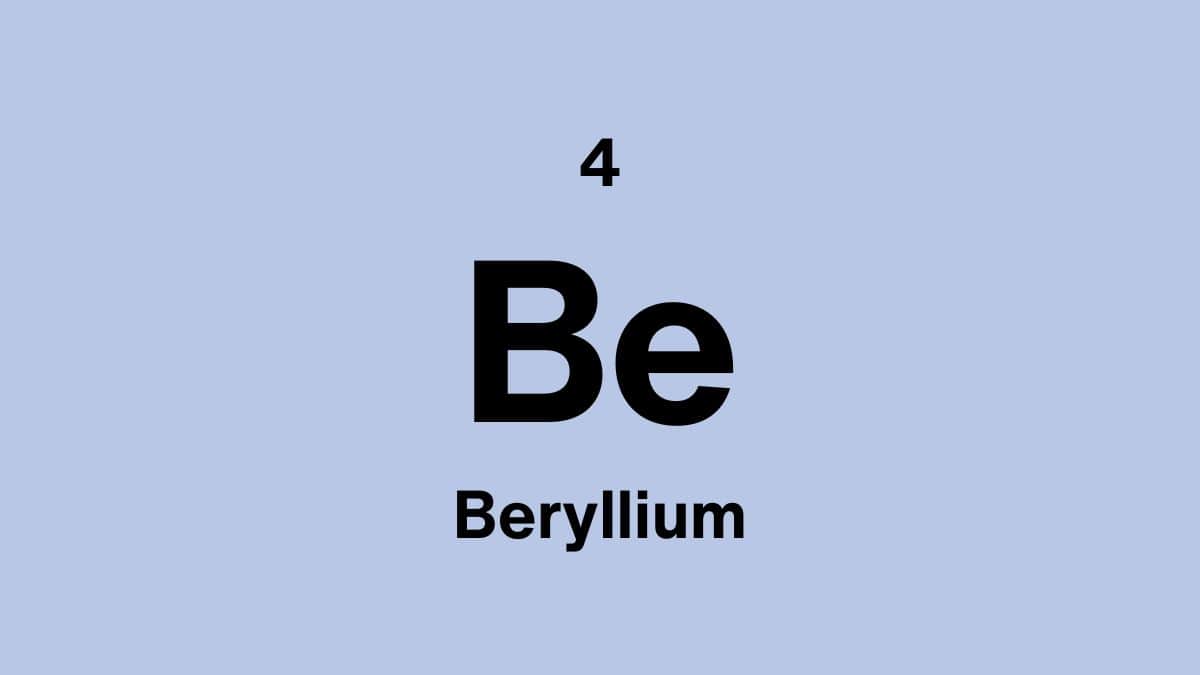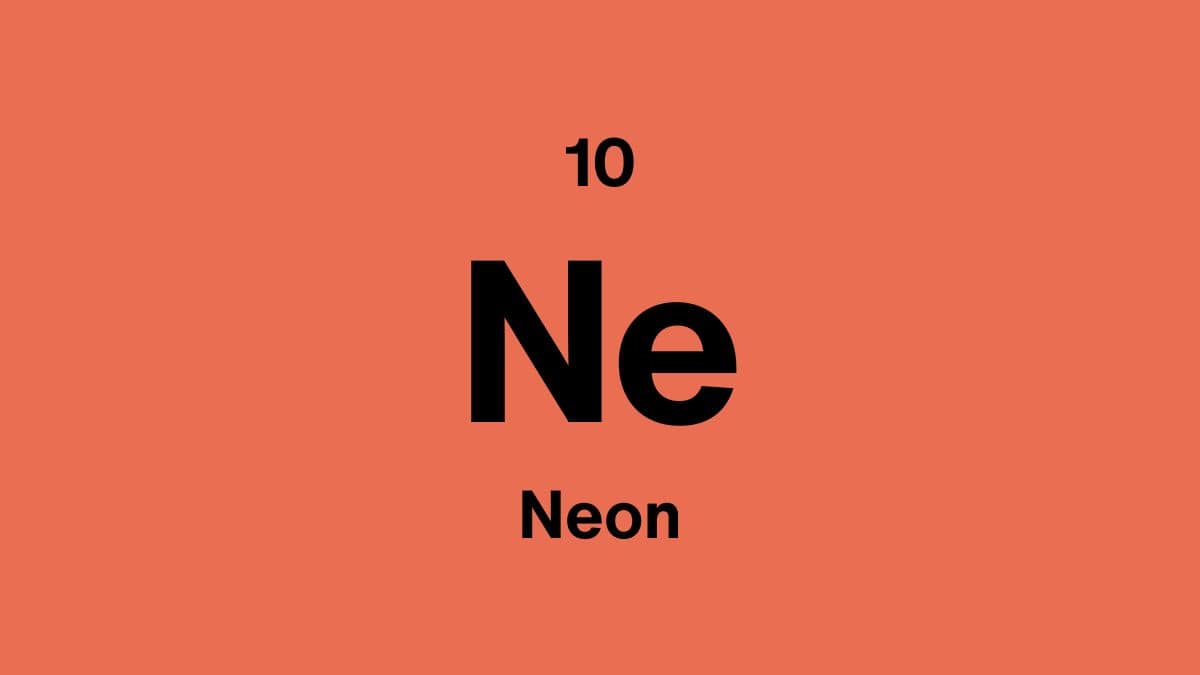Silver Revealed: The Bright Metal Powering Jewelry, Electronics, and Industry
Silver is a soft, white, lustrous transition metal renowned for its exceptional electrical and thermal conductivity. Its high reflectivity and antibacterial properties make it essential in jewelry, mirrors, electronics, coinage, and industrial applications.
This article explores silver's properties, natural occurrence, industrial uses, and main compounds.
Properties of silver
| Atomic Number: | 47 |
| Atomic Symbol: | Ag |
| Atomic Weight (amu): | 107.8682 |
| Electronegativity: | 1.93 |
| Melting point: | 961.78°C | 1763.20°F | 1234.93K |
| Boiling point: | 2162°C | 3924°F | 2435K |
What does silver look like?
Silver is a bright, metallic white metal with a smooth and reflective surface. It is softer than many other metals and can tarnish upon exposure to sulfur compounds in air.
Will we ever run out of silver?
Silver is relatively abundant compared to some precious metals but extraction is concentrated in a few countries. Recycling and byproduct recovery from copper, gold, and lead ores helps maintain supply.
Can silver be recycled
Yes, silver is highly recyclable. Recovered from jewelry, electronics, photographic materials, and industrial processes.
Where can silver be found?
Major silver-producing countries include Mexico, Peru, China, Russia, and Australia. Silver is typically found in ores like argentite, galena, and as a byproduct of copper and gold mining.
Is silver expensive?
Silver is valuable but generally less expensive than gold or platinum. Its price depends on market demand in jewelry, electronics, and industrial sectors.
Does silver have a biological role?
Silver has no essential biological role. Its antimicrobial properties are utilized in medical applications like wound dressings and coatings, but it is not required for metabolism.
What is pure silver used for?
- Jewelry and Silverware: Valued for appearance, corrosion resistance, and workability.
- Electronics: Used in connectors, switches, and conductive inks.
- Mirrors and Coatings: High reflectivity makes silver ideal for mirrors and optical coatings.
- Medical and Antimicrobial Applications: Silver ions inhibit bacterial growth in wound dressings and coatings.
What are the main compounds with silver?
- Silver Nitrate (AgNO3) : Used in photography, chemical synthesis, and antimicrobial applications.
- Silver Sulfide (Ag2S) : Forms naturally as tarnish on silver and in ores; used in electronics and sensors.
- Silver Chloride (AgCl) : Used in photographic materials, electrodes, and reference standards.
Who discovered silver?
Silver has been known since antiquity and was used by ancient civilizations for coinage, jewelry, and utensils. Its discovery predates recorded history.
Is silver dangerous?
Metallic silver is generally safe. Excessive silver exposure can cause argyria, a condition where skin turns bluish-gray. Some silver compounds can be toxic if ingested in large amounts.
Fun facts about silver
- Silver has the highest electrical and thermal conductivity of any metal.
- It is used in solar panels and specialized electronic applications due to its conductive properties.
- Silver coins were historically the basis of many currencies worldwide.
- Silver plating enhances corrosion resistance and appearance in electronics and decorative items.
Scientific data verified from RSC, Britannica, and the Minerals Education Coalition.



